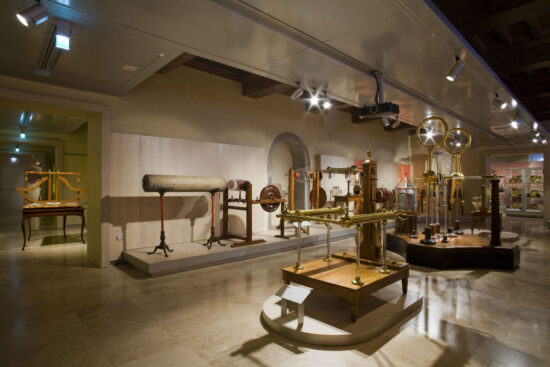Museo Galileo
Moving along Lungarno Generale Diaz, the street that runs across the north bank of the Arno, towards Ponte Vecchio, about 5 minutes on foot lies the Palazzo Castellani which is the house of the Museo Galileo, one of the main attractions in Florence today.
The Palazzo Castellani, the site of the Istituto e Museo di Storia della Scienza since 1930, nowadays known as Museo Galileo, is a building of very ancient origin, dating from the late 11th century. Known at the time of Dante as Castello d’Altafronte, from the name of the family who owned it until 1180, when it became the property of the Uberti, the Castello was inserted in the city’s very oldest ring of walls.
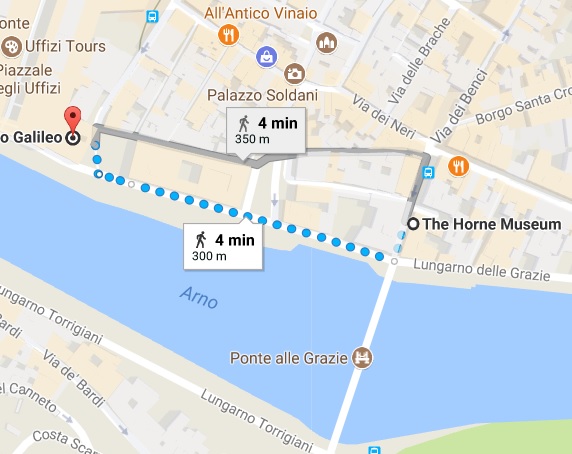
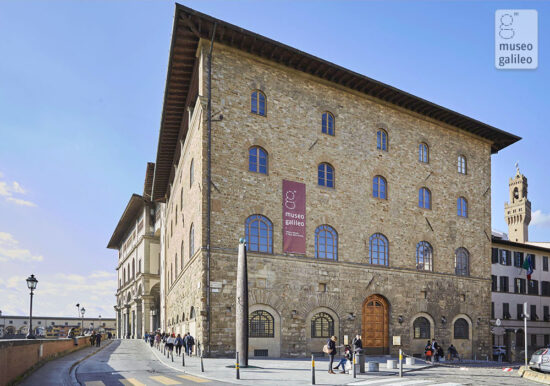
After having passed from the Uberti to the Castellani family in the 14th century, it was the site, from 1574 to 1841, of the Giudici di Ruota (magistrates or judges of the high court of the Grand Duchy). Even today the coats-of-arms of two of the magistrates remain on the walls of the entryway and remind us of this function.
No documentation exists on the functions of the building in the 17th and 18th centuries. During the first half of the 19th century, the Palazzo underwent large-scale restoration. After the Unification of Italy, the collections of manuscripts owned by the Biblioteca Nazionale (National Library) were transferred to the Palazzo, where they remained until the 1920s.
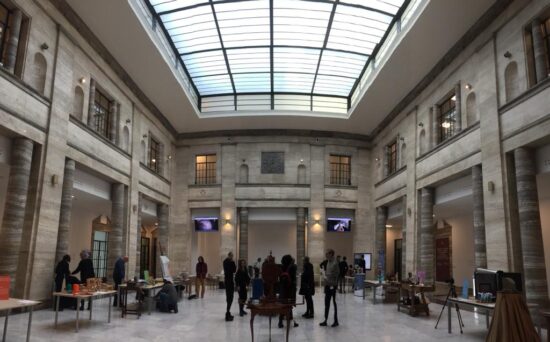
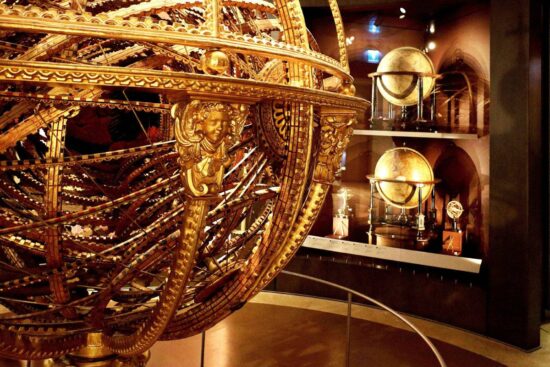
The Palazzo has also housed the Accademia della Crusca and the Deputazione di Storia Patria per la Toscana. Today, the Museo Galileo occupies the whole building. The spaces have been restored and adapted to the new uses.
The work of restoring the basement level carried out over the two years 2002-2003, has brought to light the four massive stone foundation arches of the ancient Castello d’Altafronte. Situated in the heart of Florence, on the Arno, near the Galleria Degli Uffizi, the Palazzo is a Medieval building with a facade of bare stone. It rises for six floors and is distinguished by rounded windows and rusticated stone arches.
The Museo Galileo is heir to a tradition of five centuries of scientific collecting, which has its origins in the central importance assigned to scientists and scientific instruments by the Medici and Lorraine families. The Medicean collection of scientific instruments was begun by Cosimo I (1519-1574), who housed it in the Wardrobe of Palazzo Vecchio, known today as the “sala delle carte geografiche” (Map Room).
The room was decorated between 1563 and 1581 by Egnazio Danti and Stefano Buonsignori, who painted on the 57 doors of the wardrobes the geography of the known world. Against the end, the wall was the planetary clock by Lorenzo della Volpaia. According to the original project, two large globes, one terrestrial, and the other celestial were to hang from the ceiling. Description is taken by: www.museogalileo.it
